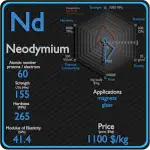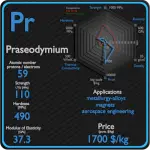This article contains comparison of key thermal and atomic properties of praseodymium and neodymium, two comparable chemical elements from the periodic table. It also contains basic descriptions and applications of both elements. Praseodymium vs Neodymium.
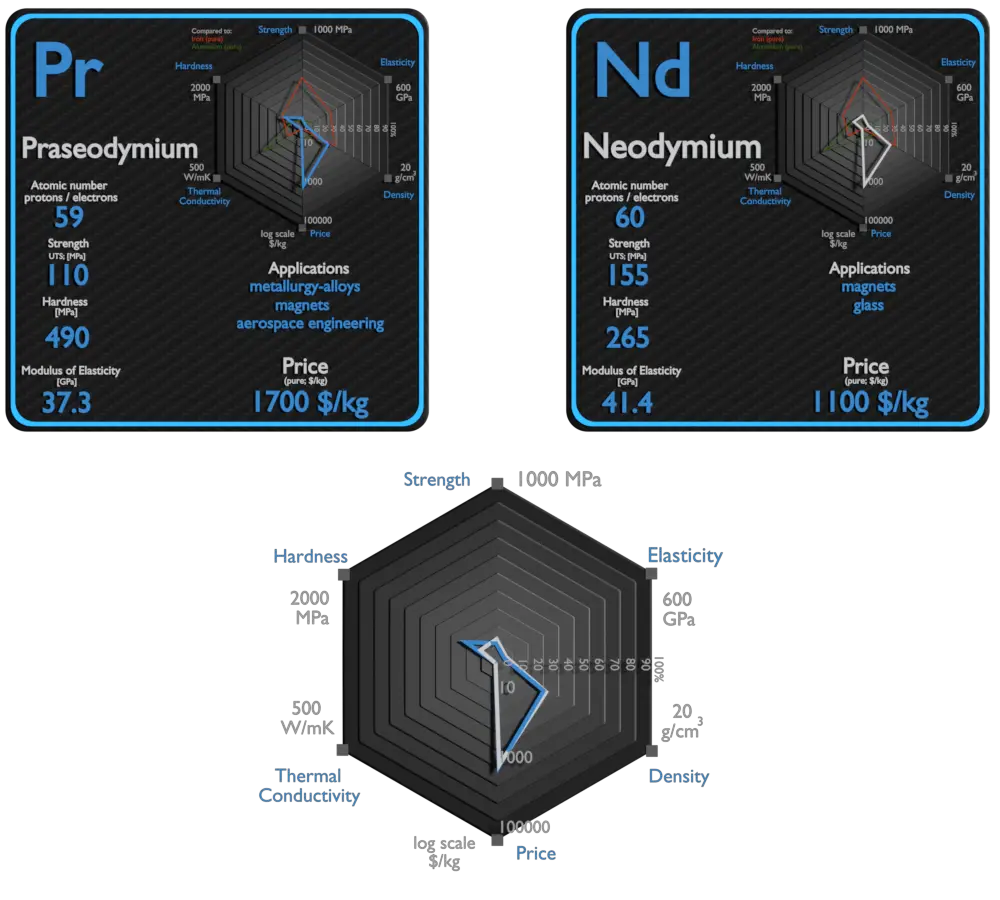
Praseodymium and Neodymium – About Elements
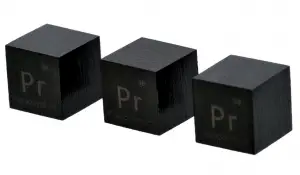
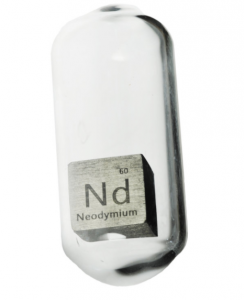
Source: www.luciteria.com
Praseodymium and Neodymium – Applications
Praseodymium
Praseodymium is used in a variety of alloys. The high-strength alloy it forms with magnesium is used in aircraft engines. Mischmetal is an alloy containing about 5% praseodymium and is used to make flints for cigarette lighters. In combination with neodymium, another rare-earth element, praseodymium is used to create high-power magnets notable for their strength and durability. Praseodymium compounds give glasses and enamels a yellow color.
Neodymium
The most important use for neodymium is in an alloy with iron and boron to make very strong permanent magnets. These magnets are widely used in such products as microphones, professional loudspeakers, in-ear headphones, high performance hobby DC electric motors, and computer hard disks, where low magnet mass (or volume) or strong magnetic fields are required. Larger neodymium magnets are used in high-power-versus-weight electric motors (for example in hybrid cars) and generators (for example aircraft and wind turbine electric generators). Neodymium is a component, along with praseodymium, of didymium glass. This is a special glass for goggles used during glass blowing and welding. The element colours glass delicate shades of violet, wine-red and grey. Neodymium is also used in the glass for tanning booths, since it transmits the tanning UV rays but not the heating infrared rays.
Praseodymium and Neodymium – Comparison in Table
| Element | Praseodymium | Neodymium |
| Density | 6.64 g/cm3 | 7.01 g/cm3 |
| Ultimate Tensile Strength | 110 MPa | 155 MPa |
| Yield Strength | 103 MPa | 150 MPa |
| Young’s Modulus of Elasticity | 37.3 GPa | 41.4 GPa |
| Mohs Scale | N/A | N/A |
| Brinell Hardness | 490 MPa | 265 MPa |
| Vickers Hardness | 400 MPa | 360 MPa |
| Melting Point | 931 °C | 1016 °C |
| Boiling Point | 3130 °C | 3074 °C |
| Thermal Conductivity | 13 W/mK | 17 W/mK |
| Thermal Expansion Coefficient | 6.7 µm/mK | 9.6 µm/mK |
| Specific Heat | 0.19 J/g K | 0.19 J/g K |
| Heat of Fusion | 6.89 kJ/mol | 7.14 kJ/mol |
| Heat of Vaporization | 296.8 kJ/mol | 273 kJ/mol |
